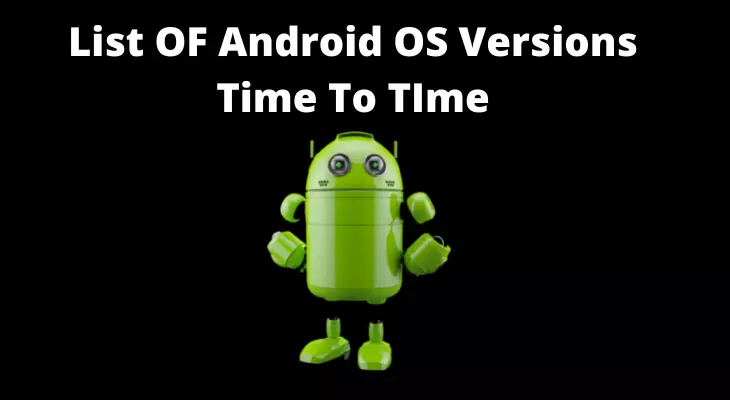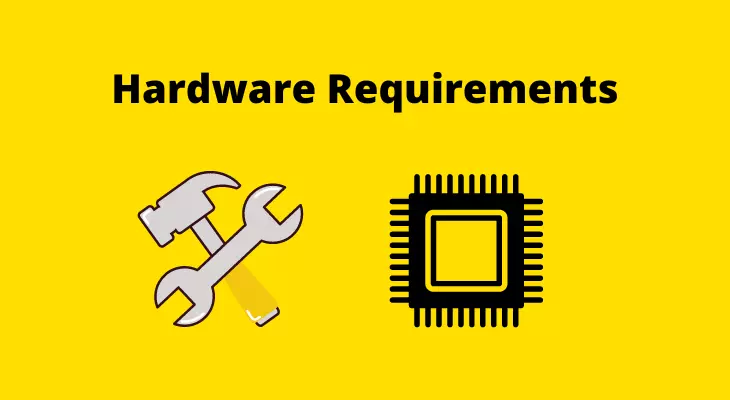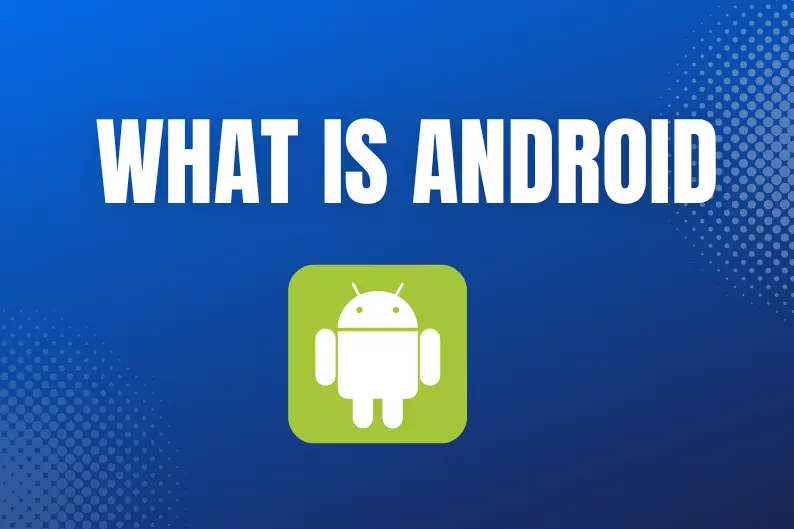What is Android | Guide For Beginners In 2023
Ah, the much-adored Android. Love it or hate it, there’s no denying that Android is one of the most popular mobile operating systems in the world. But what is Android, exactly? You might think that Android is just another version of iOS, but that couldn’t be further from the truth. In simpler terms, Android is a mobile operating system based on Linux that is mainly used on tablets and smartphones.
It is powered by the Linux kernel, a graphical user interface (GUI), a web browser, and end-user apps that are available to download.
Android was launched underneath the Apache v2 open-source license, which allows for many different variations of the operating system to be created for other gadgets like digital cameras and gaming consoles.
Although Android is centered on open source software, many Android devices come preloaded with a set of proprietary software, including Gmail, YouTube, Google Maps, and Google Chrome.
What Are Android OS Features
After solving the query of what is Android, let us explore some of the best features of the Android operating system that you may not know about. From unique ways to customize your home screen to powerful built-in apps, there’s a lot to love about Android.
- To initiate actions, Android’s default user interface depends on direct manipulation inputs like tapping, swiping, and pinching.
- In response to actions, the system provides haptic feedback to the user in the form of alerts such as vibrations. For instance, the device vibrates when a user taps a navigation icon.
- When a user turns on an Android device, the home screen appears, which serves as the main navigation center for Android gadgets consisting of widgets and application icons. Widgets are information-based displays that update themselves, like weather or news.
- Also, the display of the home screen may differ depending on the manufacturer of the device running the OS.
- Users can also customize their home screens with third-party apps available on Google Play.
- At the top of the home screen, a status bar displays device and connectivity information, like the Wi-Fi network to which the device is connected or signal quality.
- Users can check the notification screen by swiping down on the status bar.
- Android OS further includes battery-saving features. To save battery power and CPU usage, the operating system suspends apps that are not in use.
- Memory management features in Android auto-close non-active processes stored in the device’s memory.
- Android is compatible with both the most widely used cellular standards, GSM/HSDPA and CDMA/EV-DO.
- Last but not least, Android also includes Bluetooth, Wi-Fi, Autocorrect, Accelerated 3D graphics, Edge, 3G communication protocols (such as EV-DO and HSDPA), Multitasking applications, GPS, Compasses, Accelerometers, SMS and MMS messaging, and also Video/still digital cameras.
List OF Android OS Versions
As you now know, the question of what is Android has led to so many new facts for you. So be prepared to be blown away even more.

With each launch, Google makes minor changes to the operating system. This frequently includes security patches and performance enhancements. Below are all the versions launched by Android OS till now:
- Android 1.0. Released on 23rd September 2008.
- Android 1.5 (Cupcake) – Released on April 27, 2009.
- Android 1.6 (Donut) – Released on September 15, 2009.
- Android 2.0 (Eclair) – Released on October 26, 2009.
- Android 2.2 (Froyo) – Released on May 20, 2010.
- Android 2.3 (Gingerbread) – Released on 6th December 2010.
- Android 3.0 till 3.2 (Honeycomb) – Released on 22nd February 2011.
- Android 4.0 (Ice Cream Sandwich) – Released on 18th October 2011
- Android 4.1-4.3 (Jelly Bean) – Released on July 9, 2012, November 13, 2012, and July 24, 2013.
- Android 4.4 (KitKat) – Released on 31st October 2013.
- Android 5.0 (Lollipop) – Released on 12th November 2014.
- Android 6.0 (Marshmallow) – Released on 5th October 2015.
- Android versions 7.0 & 7.1 (Nougat) – Released on August 22, 2016, and October 4, 2016.
- Android versions 8.0 & 8.1 (Oreo) – Released on August 21, 2017, and December 5, 2017.
- Android 9.0 (Pie) – Released on August 6, 2018.
- Android 10 – Released in September 2019.
- Android 11 – Released on September 2020.
- Android 12 – Released on October 2021.
- Android 13 – Released on February 2022.
Android OS Hardware Requirements

Have you ever wondered what is Android’s hardware like? If so, then you have to read this part.
Android’s hardware platform is ARM; newer versions of the Android Operating system support x86 and x86-64 architectures. Beginning in 2012, device makers started releasing Android tablets and smartphones equipped with Intel processors.
Android’s minimum hardware requirements are determined by the device’s density, screen size, and CPU type. Google initially needed a 200 MHz processor, 32 MB of storage, and 32 MB of RAM.
Google publishes documentation outlining the hardware specs that OEMs must meet in order for a device to be “Google Approved,” implying that it will export with official Google apps. However, because Android is open source, it can run on less powerful hardware and vice versa.
Android Vs Other Mobile Operating Systems
Android’s creators initially expected the OS to compete with OSes like Symbian and Microsoft Windows Mobile.
Apple’s iOS is Android’s main rival. Both the iOS and Android operating systems provide comparable features. Apple’s iOS is a proprietary operating system with just a fixed interface, whilst Android is an open-source OS with greater flexibility and customization.
Since 2011, Android has emerged as the best-selling smartphone operating system. According to Statcounter, Android’s global share of the market in 2022 seems to be 71.86%. Whereas, the global market share of Apple iOS is 27.49%.
Final Thoughts
The most serious criticism directed at Android is that its operating system is fragmented. Because Android is so adaptable and open source, there are numerous hardware and software variations. But, let’s face it, Android’s pros can never outweigh its cons.
There you have it, everything you need to know about what is Android, its features, versions, and competitors. We hope we covered everything you wanted to know. Until next time, happy Googling!

